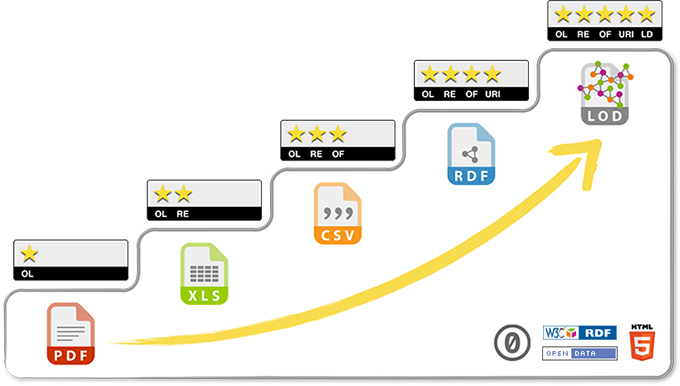Remember that they require full access to your Gmail in order to do their thing.
Not to be flippant but isn’t Gmail use training people to “just give up”? Any second-party email service already has access to your full email account and some are using that to track complex patterns of behaviours which they can then use to get deeper insight on large populations, especially through the aforementioned triangulation. A little bit like the precedent from the business’s perspective, this is also about “well, I already allow Google to track me, so who cares?”. In the process of weaning myself away from Google products, dropping Gmail was a major part of my switch in mindframe. It was originally based on the fact that my account was full, but it quickly allowed me to venture out of this Google bubble. “Oh, right! I could simply not use it… Google doesn’t own me!” Gmail was also one of the easiest to drop (I use my own email server and I have email accounts from different organizations where I work). In a way, I feel privileged that I don’t need to use Gmail. Not that it requires much technical knowledge but it does mean that I haven’t been forced into Gmail by others.

